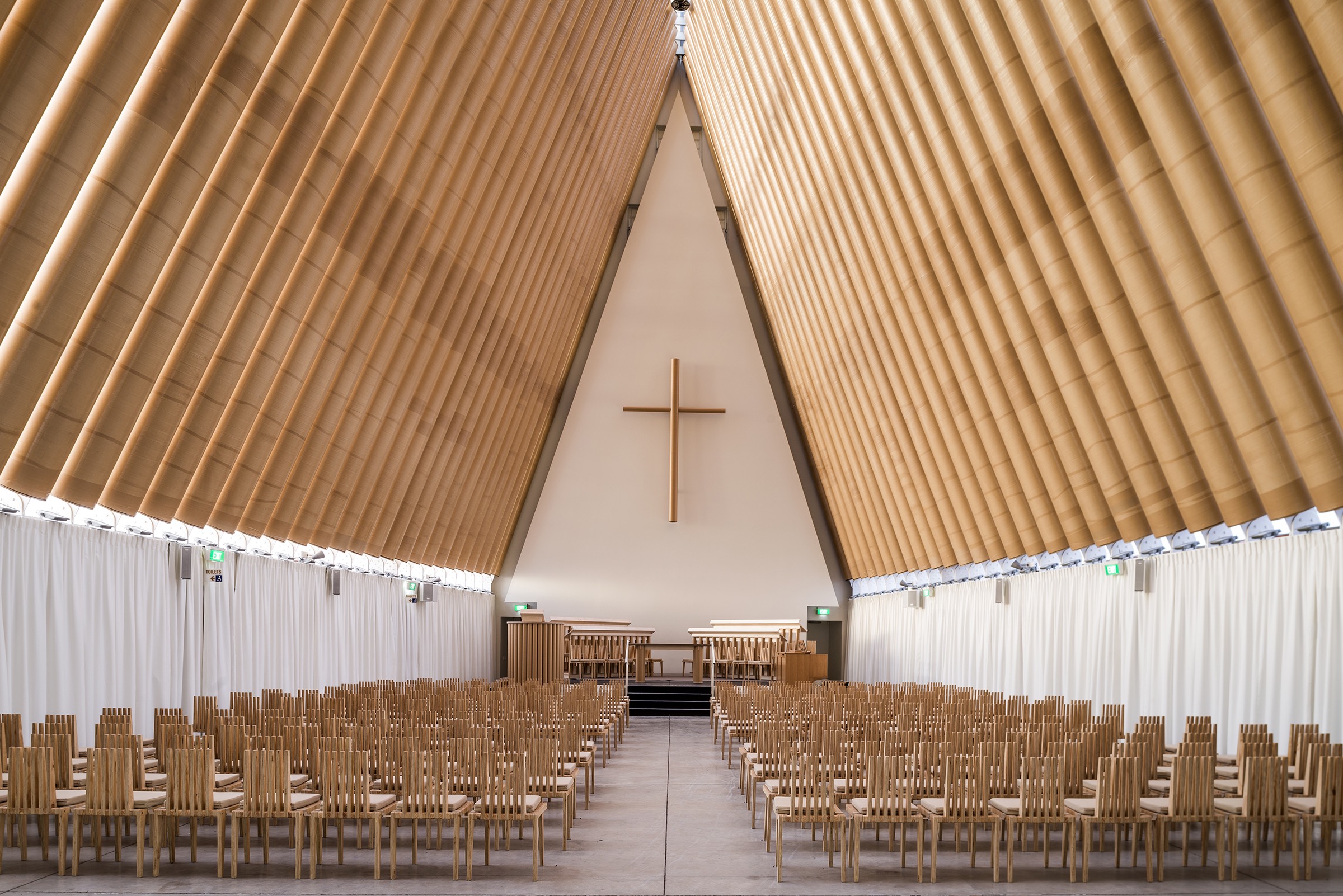
Innovative materials and new trends (Part I)
Aesthetic, sustainability, and ecology: is it possible to gather all those characteristics in the same material?
New trends in building materials technology are showing us that this is not an impossible mission anymore. Nowadays, to combine the aesthetics of a product with its harmony with the environment is possible.
In the last decade, architectural firms, schools, and private companies have paid more attention to this new trend, generating genuine competition among them. This implemented and stimulated the experimentation with new techniques and materials, boosting new ways of building the architecture of the future.

An example is the Fassa Bortolo International Award for Sustainable Architecture, organized by the University of Ferrara in Italy in collaboration with the building material company Fassa Bortolo. This international award is the perfect example of those synergies between research and construction private companies, which are luckily increasing rapidly. The aim of this competition, which this year celebrated its 13th edition, is to reward architectures that look with respect environment, and know how to find solutions for a better balance between man and nature.
Thomas Herzog, a founding partner of the Swiss internationally renowned firm Herzog & de Meuron, presided the jury in 2019. This year, the gold medal was awarded to the project Infiltrated patio of PLUG architecture – Roman Cordero and Izbeth Mendoza – in Yucatan, Mexico.
The building – delicately inserted into the green context – preserves the characteristics of the existing garden and ensures the maximum space for recreational areas and community life. The climate and interior comfort are controlled by simple systems: natural ventilation, diffuse natural light, the beneficial contribution of the shade of the trees. The use of innovative building materials and technologies, which seek simplicity and reconnection with nature and traditional techniques, are crucial elements of this project. The Infiltrated patio appears to be simple, but with its design, it shows us that sustainability has many scales.

For some years, the interest in sustainability in large-scale architecture, the importance of reusing and recycling materials, and the rise of innovative artificial materials led professionals to look even more at these new trends. In this way, architecture has begun to refocus its research activity on new technologies. The best representative of this new architecture trend is the famous Japanese architect Shigeru Ban, recognized for his works in cardboard and bamboo.
The importance of sustainability in his architecture was recognized with the Pritzker Prize, awarded to him in 2013. But he is not the only one making history. Since then, many names like Francis Kerè and Hanna Heringer are increasingly mentioned in the architecture schools, becoming the new referents for the future architect’s generation.
What other references have you seen lately? Do you think there is a constant supply of sustainable materials on the market?
And most importantly, how can we integrate these materials and technologies into your projects?
We will tell you more in the second part of this blog!
